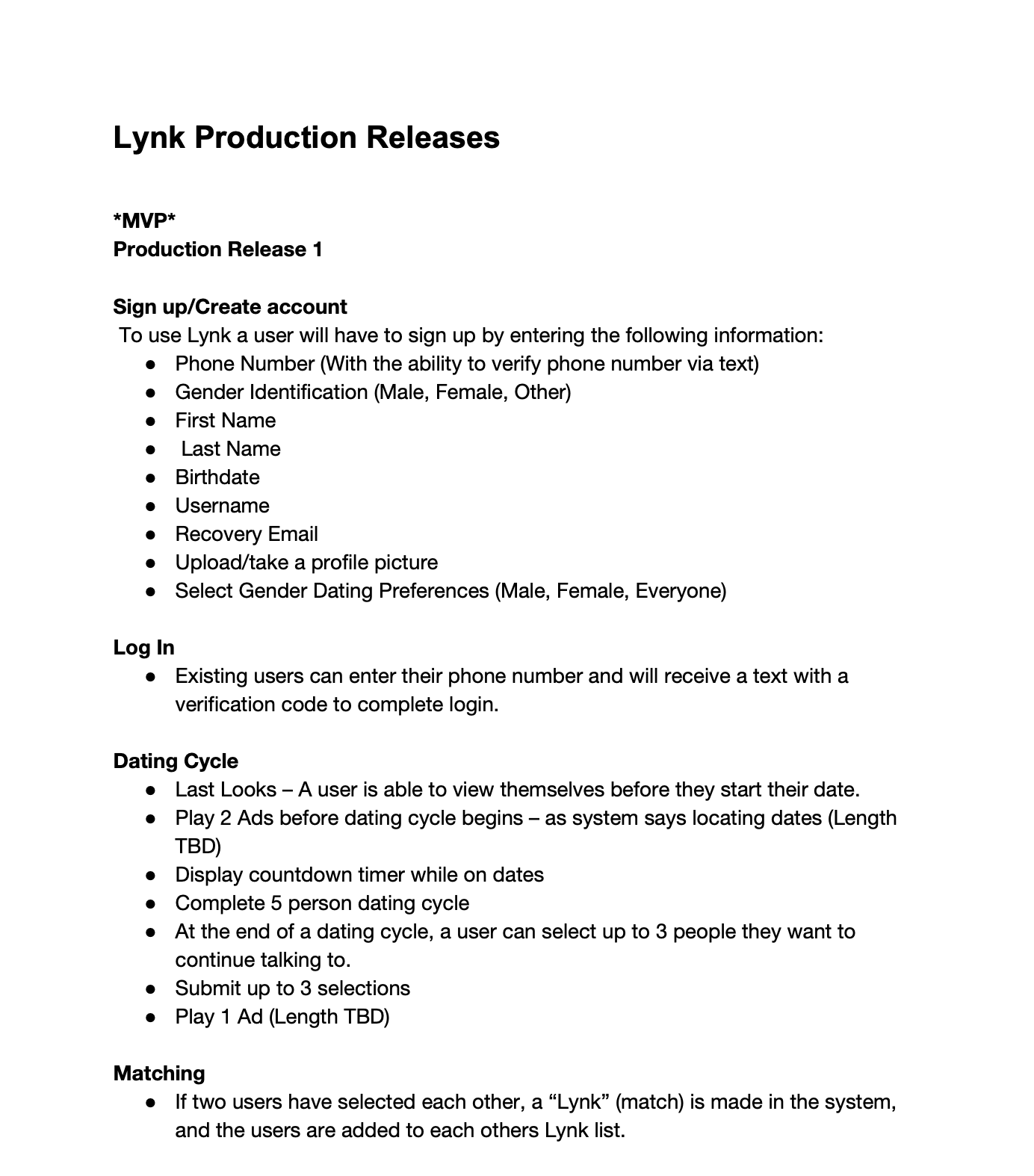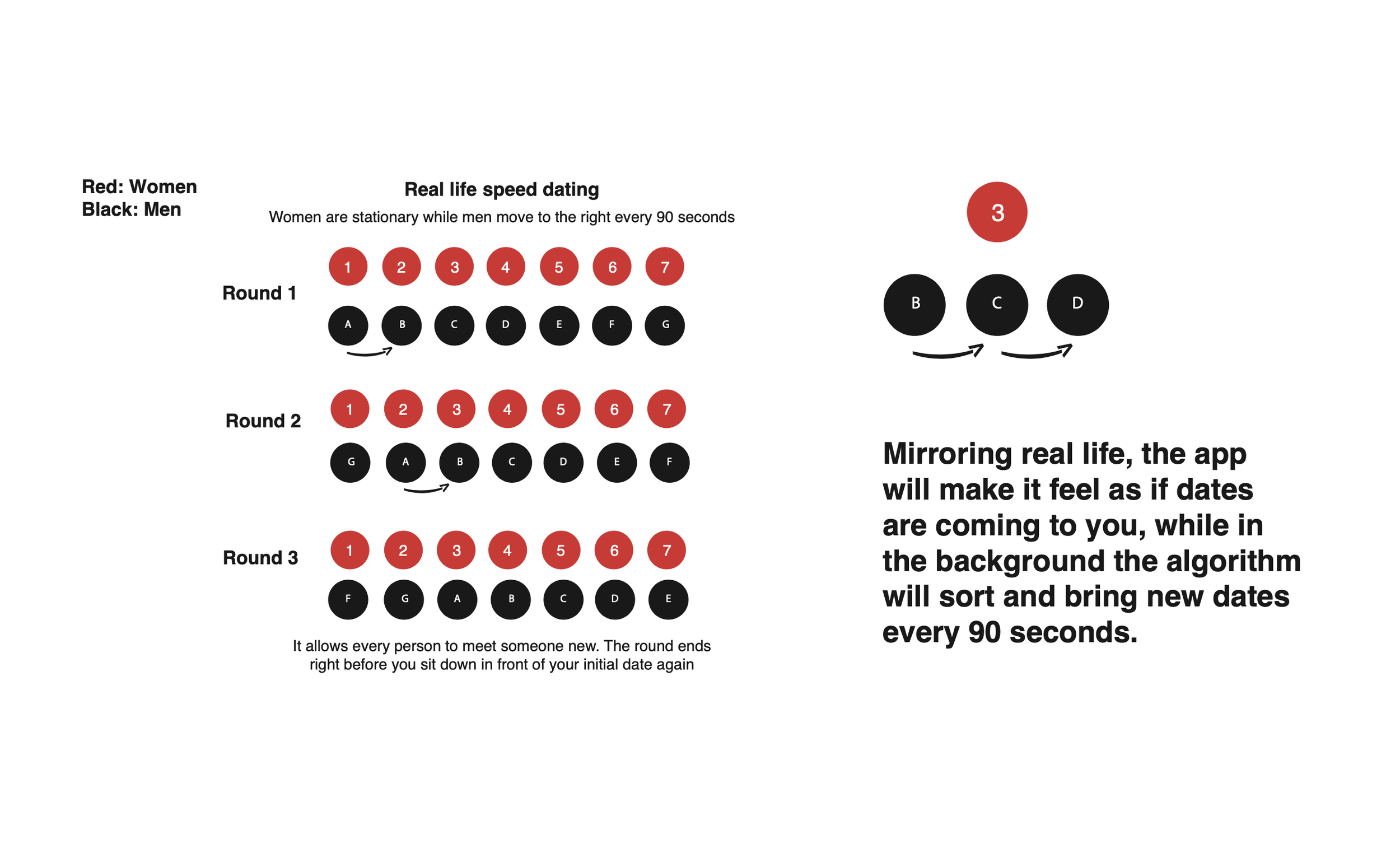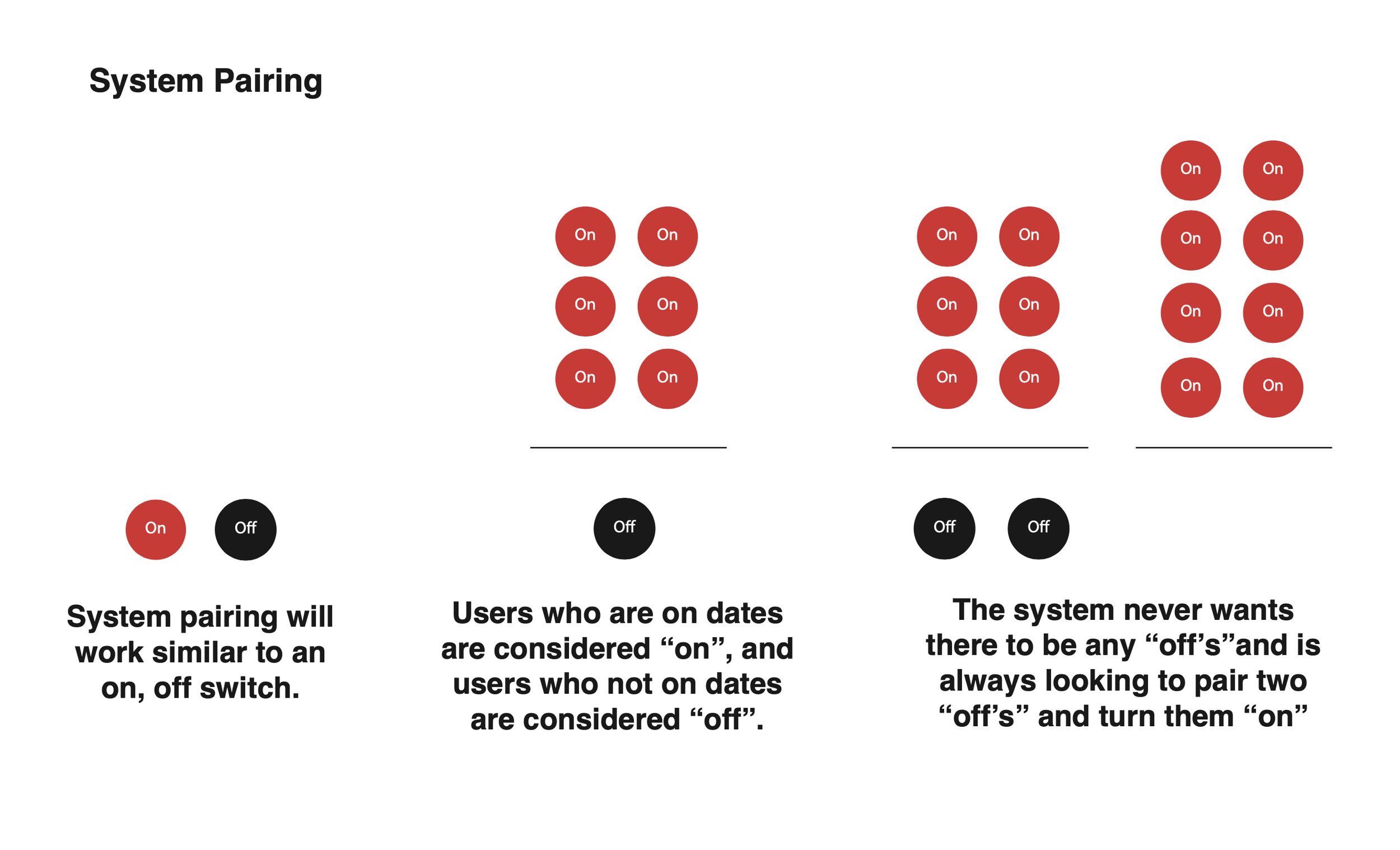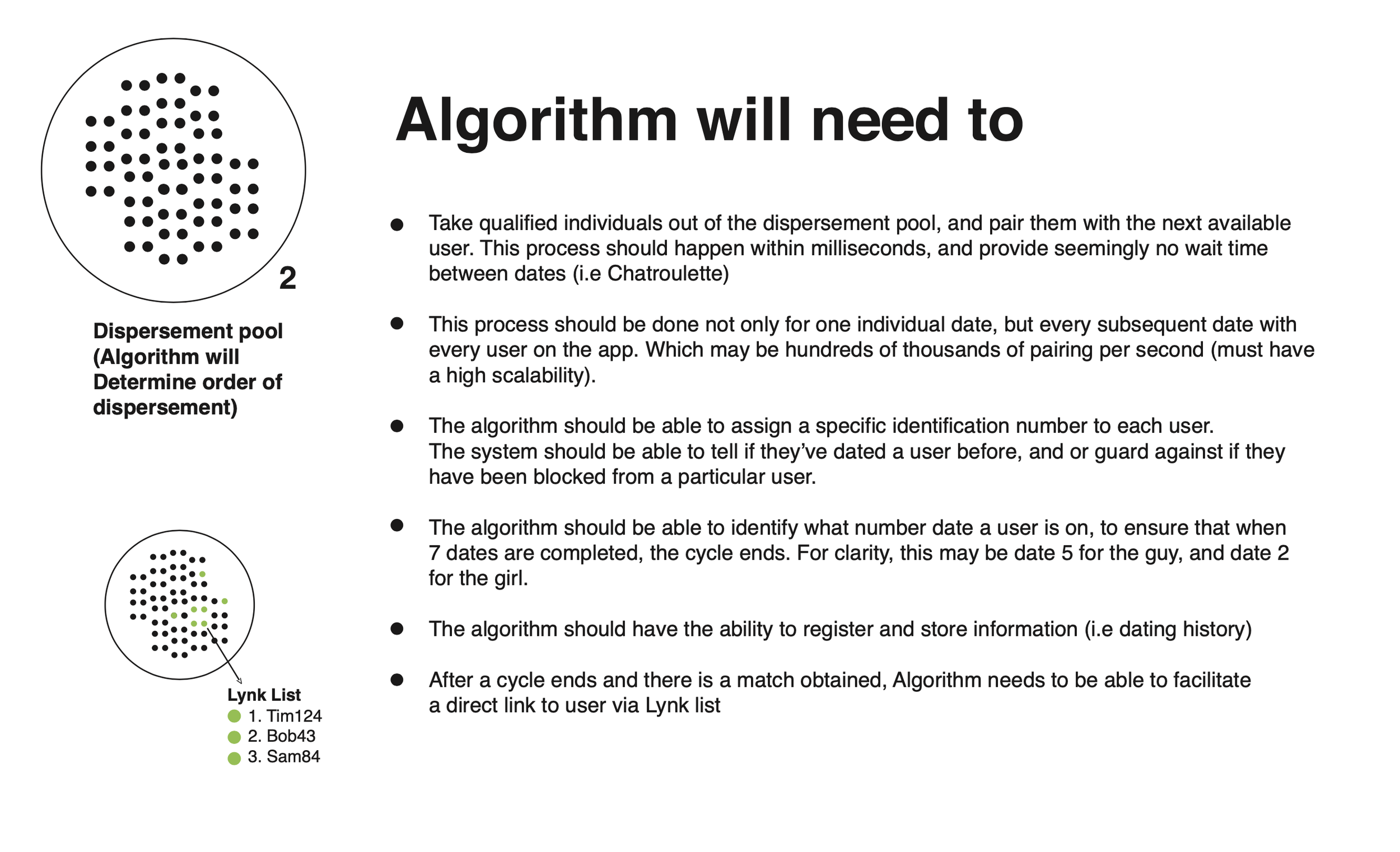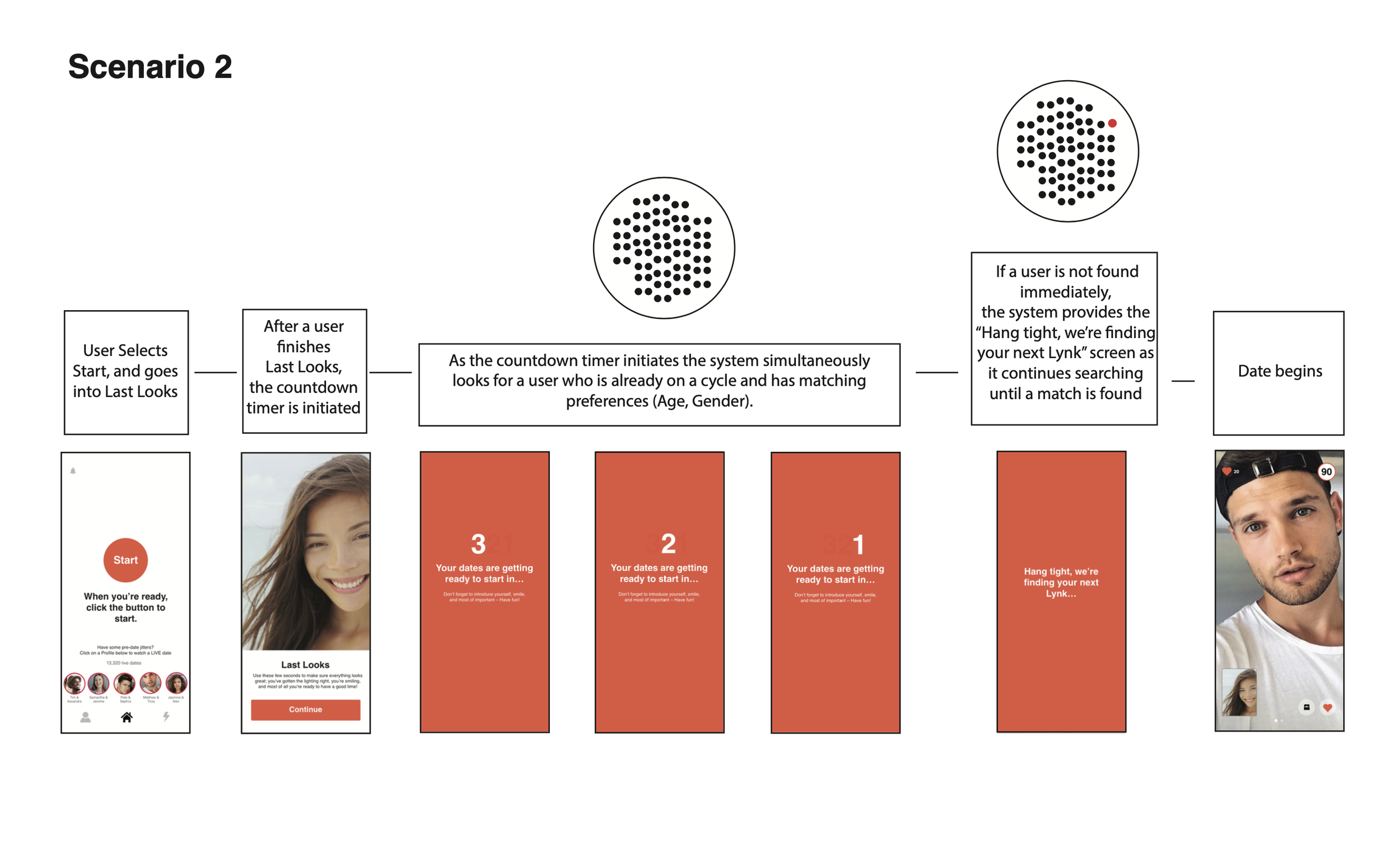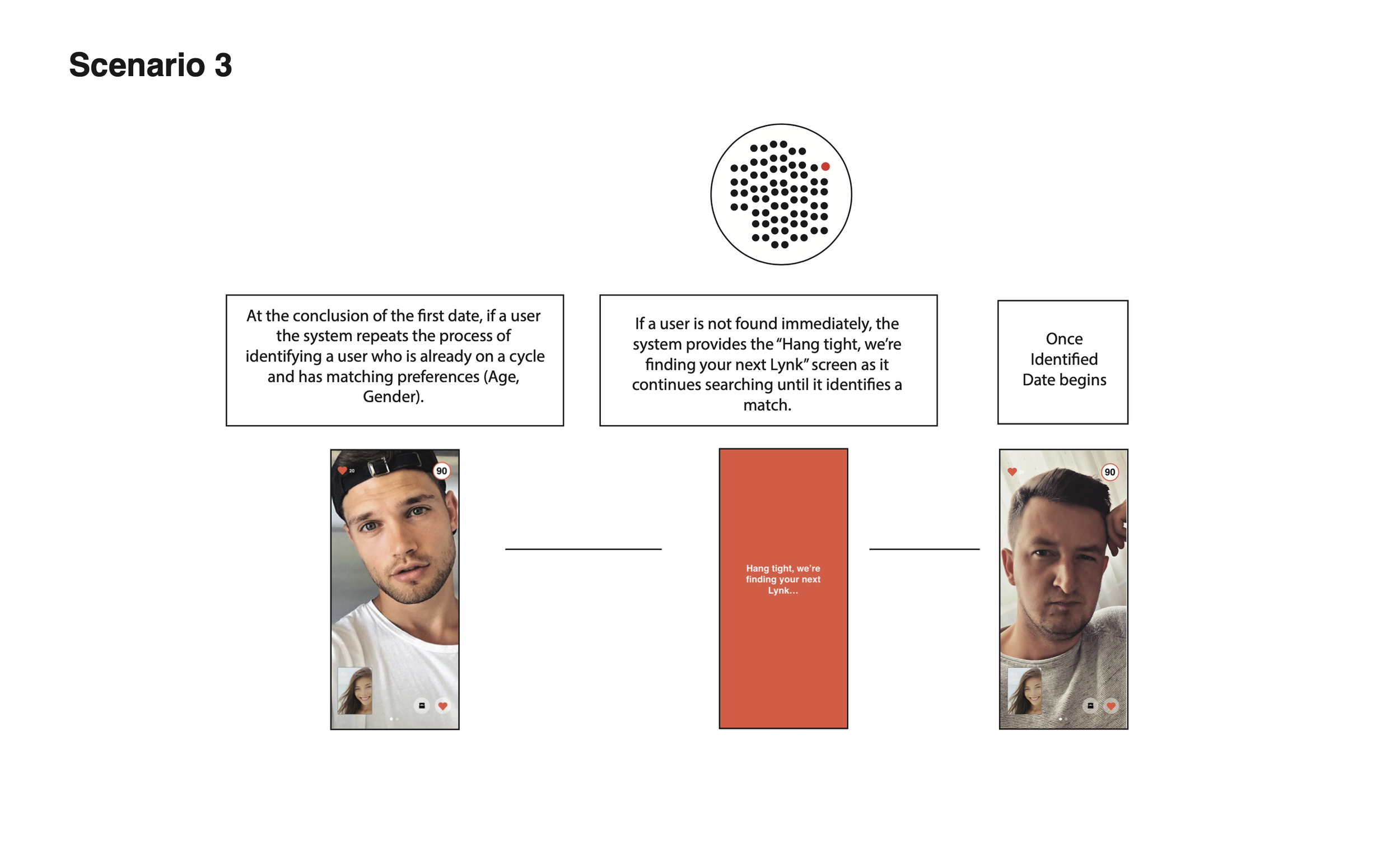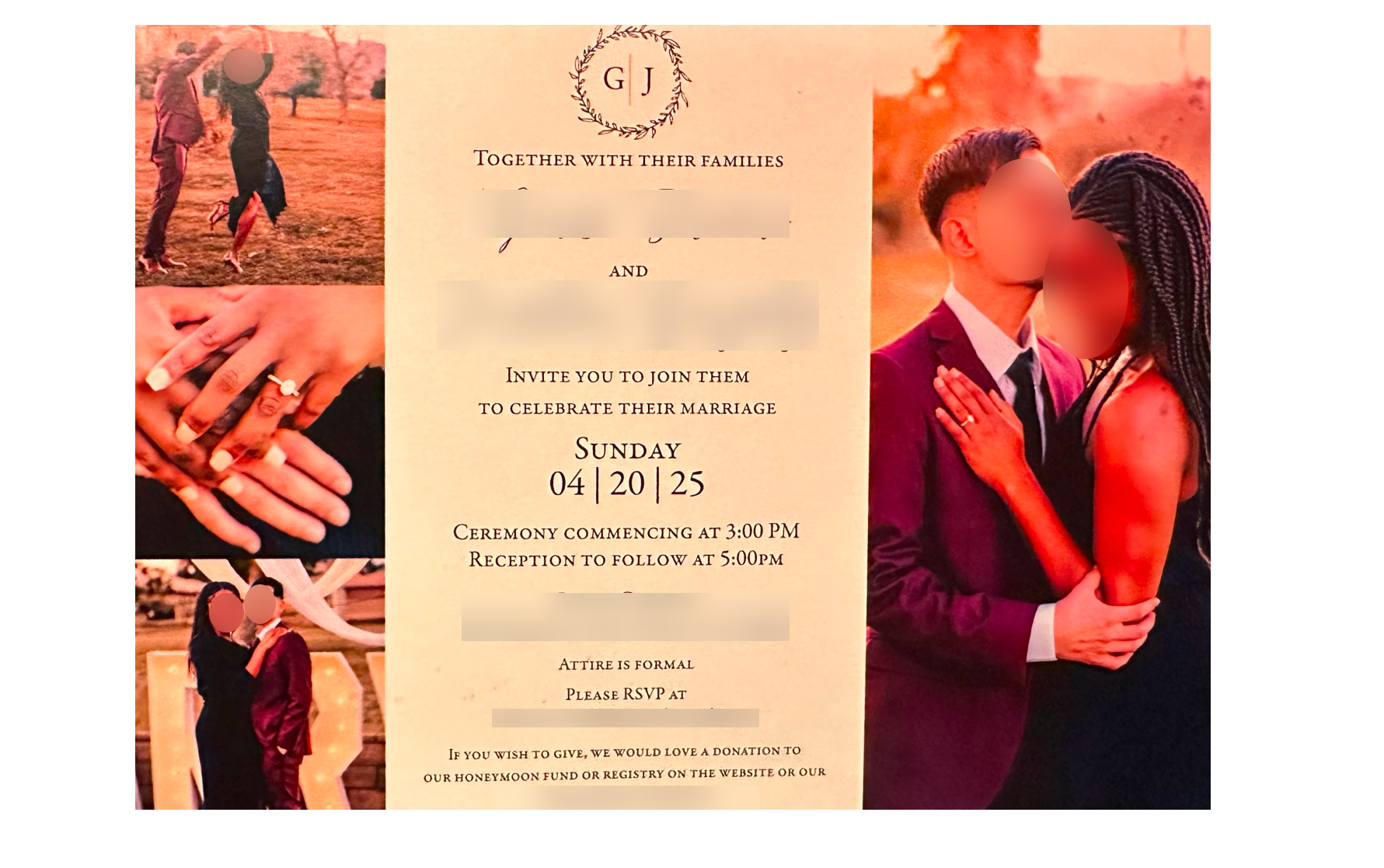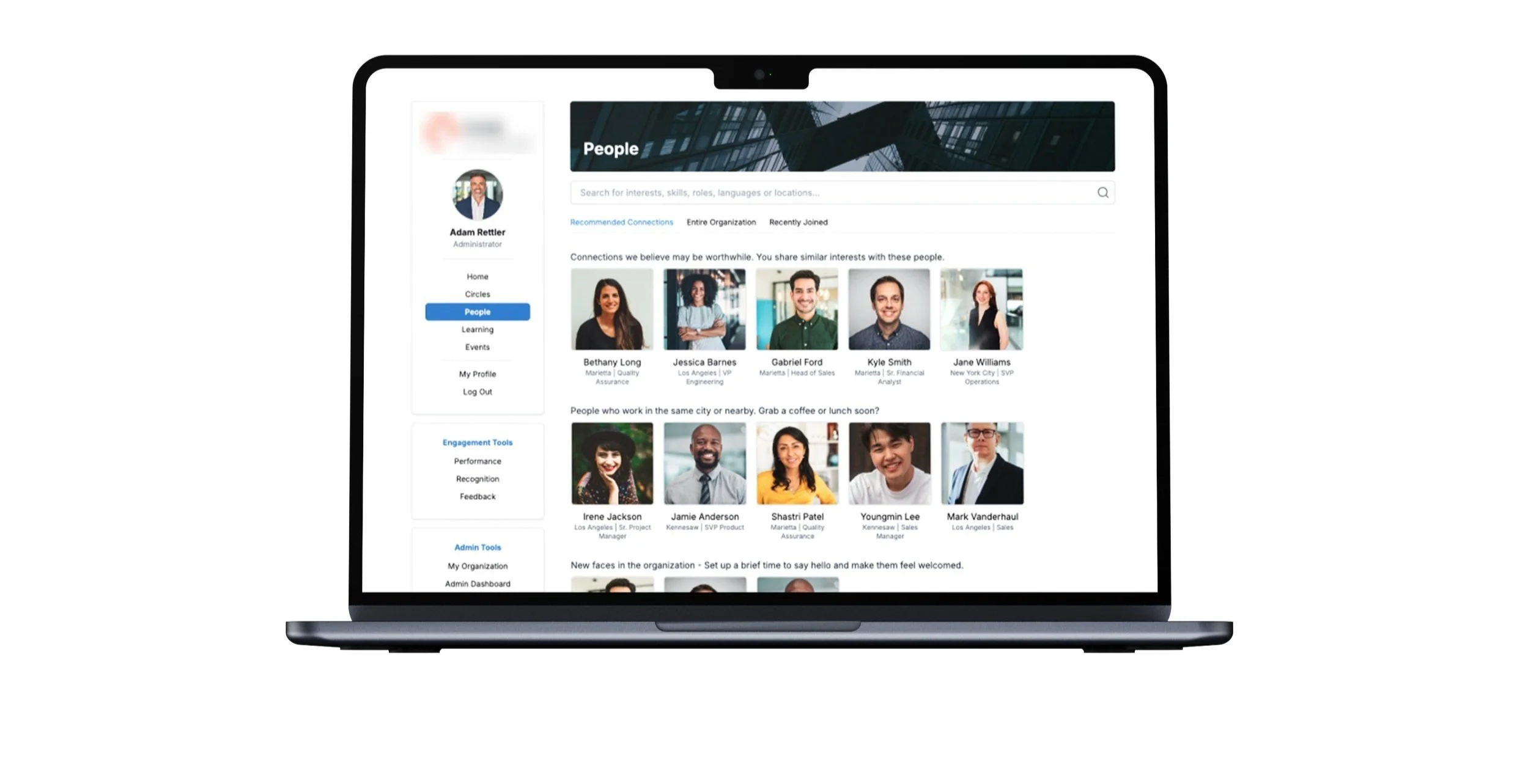Lynk.
Redesigning Workplace Belonging:
Building a More Human Intranet for Distributed & Remote Teams
My Role:
Product Design Lead
Platform:
Desktop Web
Product Overview
In the wake of remote and hybrid work becoming the new normal, many companies—especially small to mid-sized ones—struggled to maintain a sense of connection among employees. Traditional intranets felt outdated, static, and disconnected from modern employee needs.
The Problem
Remote employees lacked informal touchpoints to form connections, leading to isolation, disengagement, and even attrition. Existing tools were fragmented and focused too much on productivity, not enough on belonging.
The Problem
I led the entire design function from the ground up:
Conducted qualitative research and defined product-market fit
Created the brand, design system, and full product UX
Worked closely with engineering and advised on technical trade-offs
Built scalable frameworks for features like Circles, Polls, and Profiles
Drove customer discovery and translated insights into product strategy
Research and insights
I interviewed over 40 employees, team leads, and HR managers across distributed companies. Key insights included:
“Slack isn’t built for casual social connection.”
“Our culture used to come from the lunchroom and hallway convos—we don’t have that anymore.”
“We don’t know what people are working on, or even where they are.”
These interviews revealed three core user needs:
Discover who your coworkers are—beyond titles.
Join interest-based groups and discussions.
Have lightweight, async ways to interact and feel visible.
Phase 3: System Design – Guiding technical Engineering conversations.
To start technical conversations with our Engineering leads, I created visual illustrative system diagrams to convey key concepts that would serve as a basis for collaborative discussion as to how our system could work. We explored, discovered, and agreed on the following approaches:
Algorithm Mechanics Diagram 01
Algorithm Mechanics Diagram 02
Algorithm Mechanics Diagram 03
Algorithm Mechanics Diagram 04
Scenario illustration diagram 01
Scenario illustration diagram 02
Scenario illustration diagram 03
System pairing notes
Phase 4: Designing & Testing the MVP.
Prior to launching the MVP, I conducted usability testing and A/B testing with a network of my friends, and friends of friends. This allowed for rapid testing and feedback loops, which were crucial for us as we needed to get a viable product to the market as soon as we could.
Initial sign up process mock-ups
V1 Sign up process
We did early beta-testing with users to find areas where we could improve the user experience.
We quickly discovered things that worked well, as well things that didn’t work well. This led to rapid explorations to refine flows and design.
Phase 5: Releasing the MVP.
We launched on the Apple & Google Play app stores for our first public event on June 21, 2021.
Because the format of these events were live, it was crucial for us to target a customer segment that had a high-intent to date. We found that religious groups were highly motivated to date within their demographic. This allowed us to do low cost marketing via local churches in a geographic area, as well as serve targeted target ads to our demographic via facebook, instagram, and youtube.
We continued to follow this model, targeting various groups (baptists, catholic, etc..) establishing a repeatable formula for growth.
Challenges & Iterations.
As the product gained traction, we began to encounter challenges with the live speed-dating format. Users began RSVPing to attend an event, to only then not show up. This would leave users without dates, deeply impacting our user-retention and satisfaction.
After reading customer complaints and analyzing our event data, I began creating focus groups with our users to learn more. What I learned was that a large segment of our users wanted ways to connect with people that didn’t require them to always attend a live event. People enjoyed the video aspect of interacting, but weren’t always available at specific times.
Understanding this, I explored various ideas and after a short time landed on a solution. This led to the creation of what we called, the "Lynk Feed." This feature would allow users to upload their own user generated video content to a global feed, showcasing aspects of their personality, or sharing get to know me facts about themselves – enabling other users on the platform to view and initiate contact asynchronously, or socially engage through “likes”.
There were a few technological constraints we had to initially adhere to. Working with our CTO we had to explore how we were going to leverage a Content Delivery Network (CDN) to enable quick load times of videos to create seamless scrolling for users who were scattered across different parts of the world.
The response to this product feature addition was positive. We experienced a 150% increase in the amount of time users spent in the app daily, as well as a newly rising growth of asynchronous video dates that were being scheduled.
V1 release of the Lynk Feed
V 1.5 release of the Lynk Feed
Enhancing the business model.
As a result of introducing asynchronous ways for connection on the app,
I recognized we needed to rethink our monetization strategy. Initially, we were a user would only pay only for speed dating events they wanted to attend.
With the introduction of the Lynk Feed, there was an opportunity for us now to introduce a gift shop where items such as roses and hearts could be purchased, and then sent to other users via the Lynk Feed to indicate interests.
The addition of the Lynk Feed now meant users were spending less time going to dating events, which created a loss of profit for the business. To help us tie our business needs and customer demands, I made a decision to eliminate our event based payment structure, moving to a subscription-based pricing model. Users would gain more value through paying a flat monthly rate allowing them to attend unlimited events, while also getting a guaranteed number of gift shop items, such as roses and hearts.
After we released this, our users responded positively to the change. We achieved a 20% increase in ARPU across the platform.
Shortly after this, we expanded up our live event format and began letting users become “organizers” on the platform, registering to host their own public or private events on the platform.
Securing US Patents.
Realizing we were building something that was innovative and un-explored previously, I took a chance and filed for patents to protect the inventions that were being created. I was proud when the U.S Patent recognized these inventions, granting the company it’s first patents.
Impact.
Since it’s launch, Lynk has facilitated over 52,000+ speed dates and accumulated over 160,000+ minutes of video dating.
Heartwarming feedback from a user who met their special person using our platform.
The impact of what I pursued to build with Lynk personally hit home for me when a classmate of mine from middle school reached out to me to share that she discovered the app and met a guy who would the following year propose to her and ask her to his wife.
Fast forward two years, and I will be attending their wedding this April.
Facing challenges.
In 2023, as the pandemic waned, our metrics began to decline. The novelty of a video-first speed-dating and social platform was wearing off, and it was clear we needed to evolve to stay aligned with shifting market demands.
But the core idea—creating meaningful connection—wasn’t limited to dating. Through discovery and conversations with leaders across industries, I uncovered a growing challenge: companies were struggling to foster connection and engagement in increasingly remote and hybrid workplaces.
Recognizing an opportunity to repurpose our existing technology, we pivoted and our next product was born –– AI-powered Employee Experience Platform, designed to enhance workplace engagement, boost collaboration, and help teams feel more connected, no matter where they were.
Expanding our product-suite:
AI-Powered Employee Experience Platform.
At the beginning of 2024, we executed a strategic product pivot, transforming the foundational technology of our dating and social interaction platform into an employee experience platform. Our company’s mission remained the same—we existed to help people create meaningful connections. However, instead of fostering relationships in a social context, we now focused on helping companies build engagement and connection in the workplace.
Early Piloting & Iterating.
We were fortunate to land early pilots with companies who were willing to test our product and provide us iterative feedback. We worked with companies in media and technology, software companies, healthcare, and travel industries.
We discovered opportunities where the product added great value, as well as identified gaps that it required us to re-evaluate and re-visit the drawing board.
Looking ahead for Lynk.
The experience of building this studio has taught me more than I could have ever imagined.
This venture has not only tested but also significantly strengthened my leadership, ownership, and problem-solving skills. Navigating complex market shifts and leading strategic pivots has allowed me to develop a robust skill set that I am eager to apply in a new organization.


